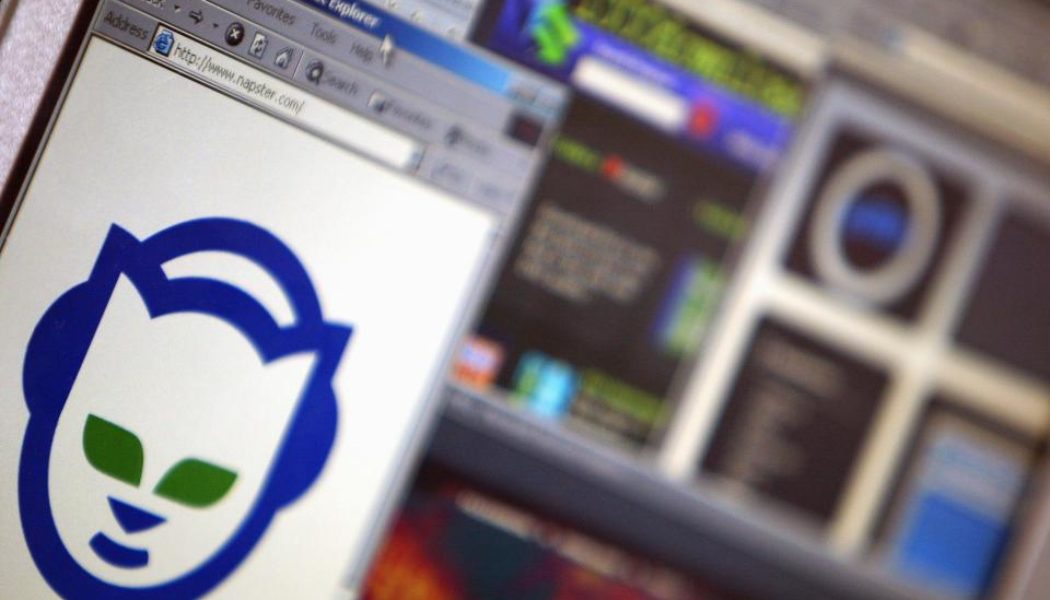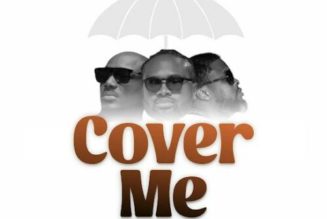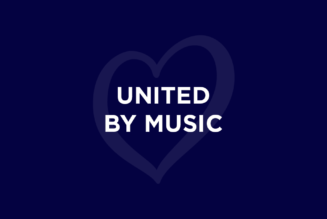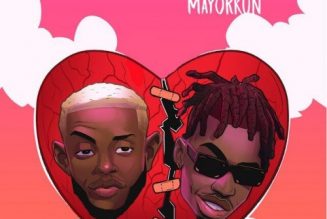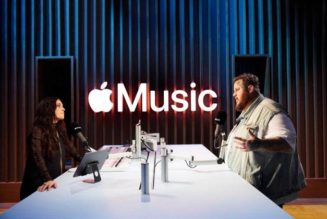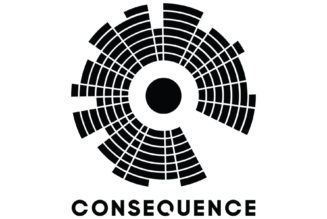Remember Napster, the online network that let you download music tracks for free? All it did was totally change the entertainment industry.
Still, you may not recall its influence because the first version of Napster had a relatively short life. Soon after Napster launched on June 1, 1999, the recording industry sued to have it shut down.
Over the ensuing months as Napster fought for its life in court, consumers continued to rip CDs and put tracks onto their computers and onto the file-sharing network so others could download them. Napster grew from 20 million users in 2000 to an estimated 80 million users at its peak, The Guardian reported.
“Napster wasn’t just a file-sharing service; it was the infinite digital jukebox. And it was free,” noted author Stephen Witt in the 2015 book “How Music Got Free: The End of an Industry, the Turn of the Century and the Patient Zero of Piracy.”
As Saturday marks the 25th anniversary of Napster, we look back at the creation of the controversial file-sharing service, the impact it made and where the brand stands today.
Napster’s legacy: 4 ways the software changed the music industry, from streaming to how artists make money
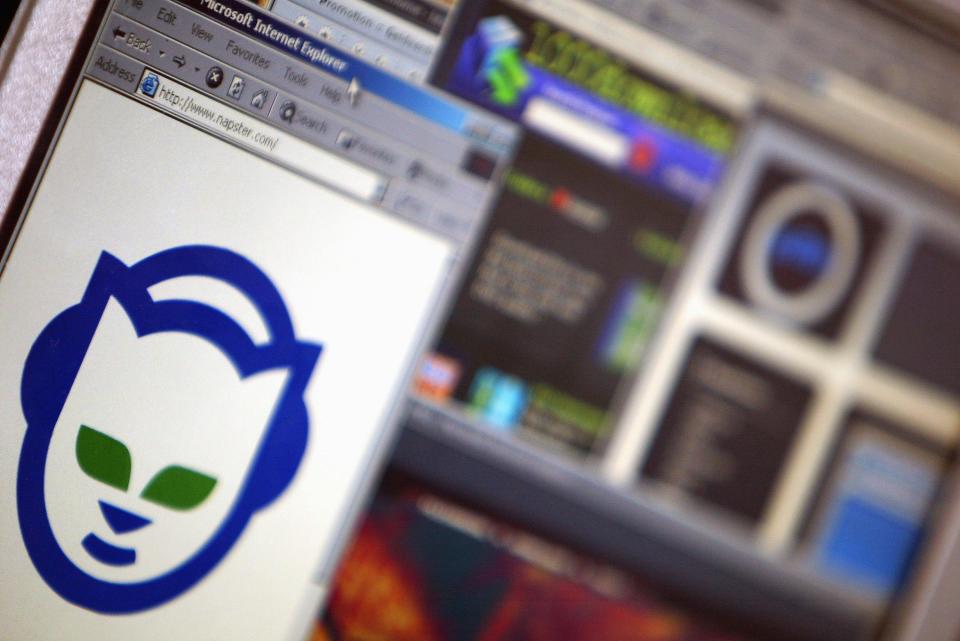
Napster paved the way for streaming
After Napster shut down in July 2001, the company went into bankruptcy and reemerged as a subscription service in 2003 after being purchased by software maker Roxio. By then Apple had opened its iTunes Store for consumers willing to pay for tracks and albums. Record industry attorneys were left fighting newer, harder-to-shut-down illegal networks for sharing music freely.
But none captured the zeitgeist to the extent as the original Napster, which reset consumer expectations for music – and, eventually, movies and video games.
What to stream: Benedict Cumberbatch in ‘Eric’
Digital downloads and music streaming services – from Amazon Music and Apple Music to Deezer, Pandora, Spotify and Tidal – were all foreshadowed by Napster, says Ken Pohlmann, professor emeritus at the University of Miami, an electrical engineer and author of “Principles of Digital Audio.”
“The same online distribution model paved the way for the creation of video streaming” and services such as Netflix, he said.
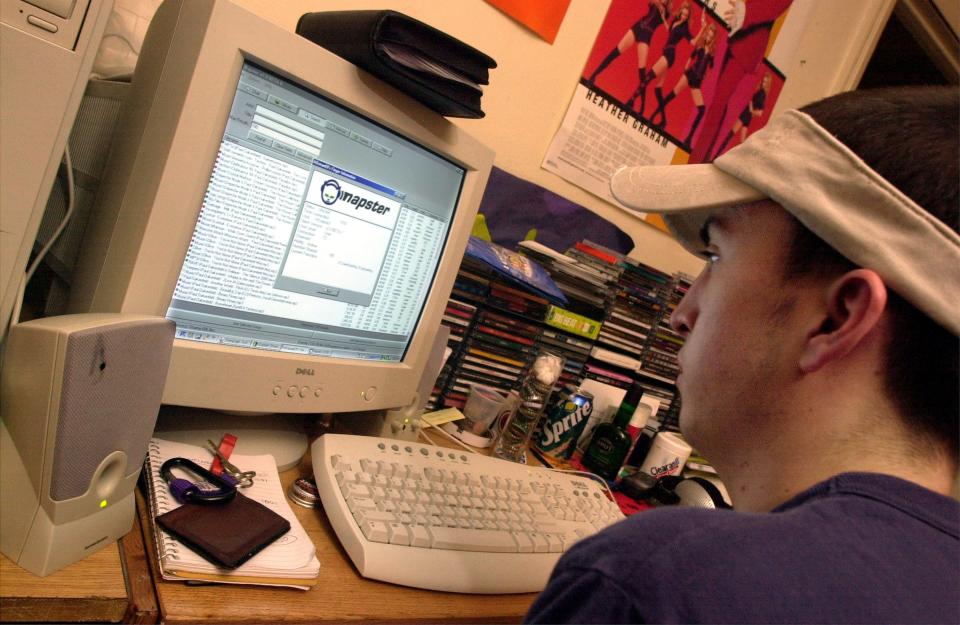
What was Napster and what went wrong?
Shawn Fanning began work on what would be come Napster as a freshman at Northeastern University in Boston. The Napster software, when downloaded and running on a personal computer, allowed users to search through millions of MP3 song files on other people’s PCs that also had the software. All the users could download songs from each others computers.
“It was something that just provided a better way … a more reliable way and fun way for people to share music and see each other’s music collection,” the Napster co-founder said in an interview with the BBC, first broadcast in 2011. Napster got its name from Fanning’s nickname he earned as a result of his hairdo.
Amid the hubbub, Fanning would wind up on the cover of Time magazine and Napster would grace Newsweek’s cover, too.
But the recording industry had a different opinion of Napster, decrying how the network allowed users to distribute music anonymously, which went beyond the typical “fair use” of sharing copyrighted work with friends if you weren’t profiting.
“A safe haven for piracy,” is how the Recording Industry Association of America described Napster in its lawsuit alleging copyright infringement, which was filed in December 1999, as detailed in “All the Rave: The Rise and Fall of Shawn Fanning’s Napster” by Joseph Menn.
The RIAA’s suit sought $100,000 for each copyright-protected song shared over the network, or about $100 million, The Wall Street Journal reported at the time.
Metallica, Dr. Dre, more musicians had a problem with Napster
While some musicians supported Napster and wanted labels to embrace a subscription service, other artists were more aggressive at voicing concerns about Napster’s evils.
Among them: Rock band Metallica and record producer and rapper Dr. Dre who filed their own copyright infringement suits soon after the RIAA filed suit on behalf of the record labels.
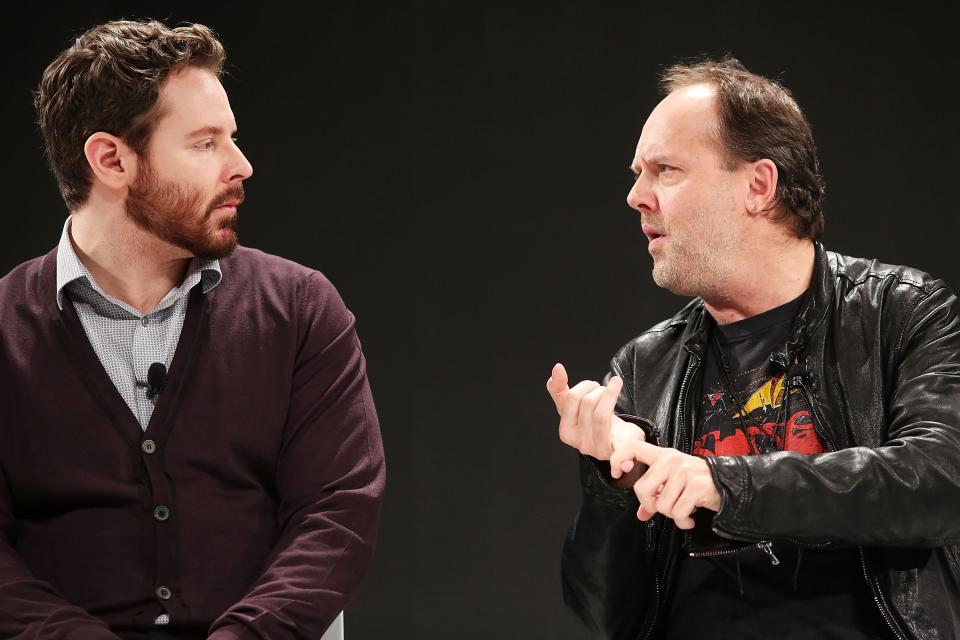
In May 2000, Metallica delivered boxes of files citing more than 300,000 Napster users who had downloaded Metallica songs – including a demo version of the song “I Disappear” from the “Mission Impossible 2” soundtrack before it was available for purchase.
“It all all started when some guy put a song on the Internet that we hadn’t finished mixing yet. And I wanted to know where it came from,” Metallica drummer Lars Ulrich told USA TODAY in 2003. “Things took a drastic turn from there. It was never about money and greed; it was about control. I have no problem giving (music) away, but I want to decide what to give.”
While Ulrich and Metallica took a lot of flak from the media and fans for their stance, they definitely had a point. “File sharing is synonymous with music piracy,” Pohlmann said.
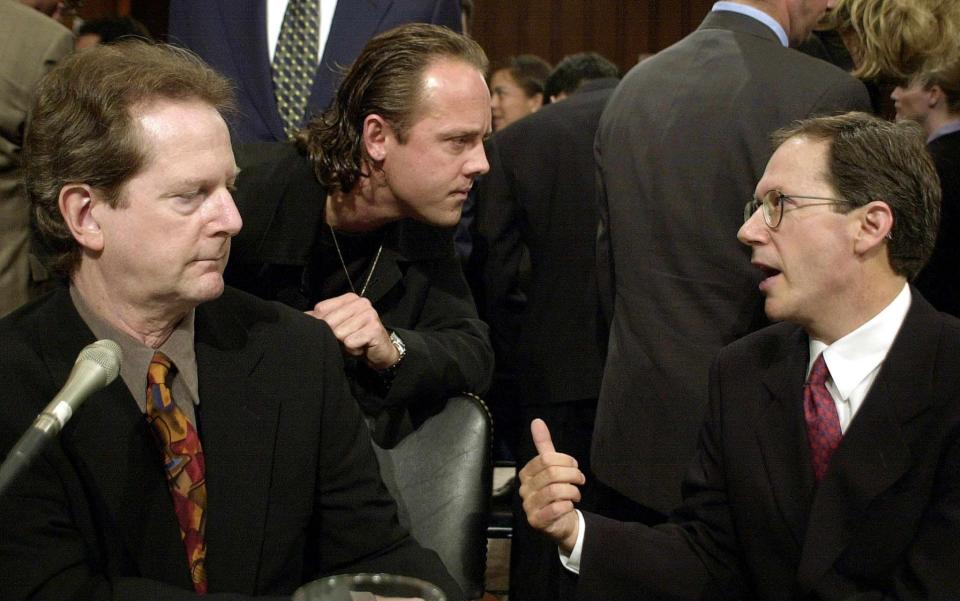
“Napster tapped into an anti-establishment sentiment that supposed that the music industry was ripping people off,” he said. “Some customers took great pride in turning the tables and ripping off the industry. What they missed was the fact that they were also stealing from the musicians.”
Other artists were just as upset, if not as front and center. Eminem had to move up the release of single, “The Real Slim Shady” from 2000’s “The Marshall Mathers LP” after it leaked via Napster. And the same thing happened with his 2002 album “The Eminem Show.”
“All that work, days, months, hours that I spent writing it, recording it, tweaking it. … All the songs leaked. It was like music should be free,” says Marshall “Eminem” Mathers in the upcoming two-part docuseries “How Music Got Free,” premiering June 11-12 on Paramount+. He and LeBron James are among the executive producers.
“Then, it’s like, OK, well, here’s what you don’t understand (about) that music should be free. I have an engineer to pay,” he said. “There’s an army of people that work at Interscope (Records) that need their paycheck.”
So what happened to Napster?
A federal court disagreed with Napster’s contention that users were simply space-shifting their music, because other users could download files they didn’t own previously.
Napster paid $26 million to settle separate suits filed by music publishers and songwriters, but buckled under the court’s decision in the case filed by the record labels and filed for bankruptcy in June 2002.
Meanwhile, the recording industry began suing those sharing the music and downloading music. Eventually about 17,000 were sued, “all just average individuals,” said Witt, who is also an executive producer on “How Music Got Free,” which is based on his 2015 book.
The team at Napster wanted to make a deal with the record industry, Napster co-founder Sean Parker told The New Yorker in 2014. “Napster had been this cultural revolution, much more than it was ever a legitimate company,” he said.
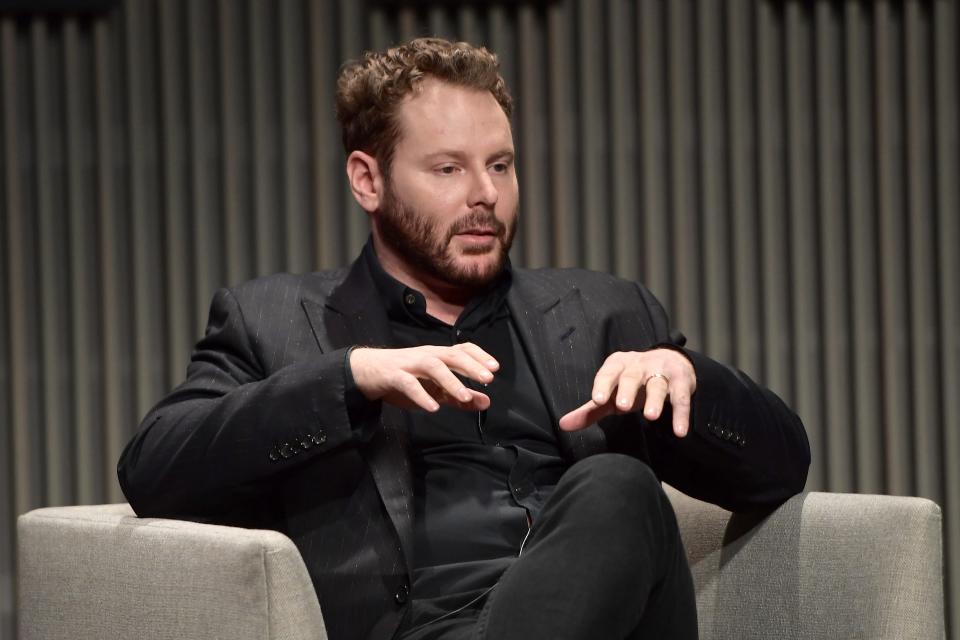
“There was this unique opportunity in history,” said Parker, who would go on to become Facebook’s first president, invest in Spotify, and found The Parker Institute for Cancer Immunotherapy.
“We said, ‘If you shut down Napster, it’s going to splinter, and you’re going to have a Whac-A-Mole problem on your hands, where you’re fighting service after service and you’re never going to get all those users back in one place.’ And that’s what happened,” Parker said.
USA TODAY was unable to reach Fanning and Parker for this story.
Napster started a ‘wave’ of technological change
Napster’s story remains a landmark among tech innovators, “All the Rave” author Menn (now a reporter for The Washington Post), told The Los Angeles Times in May.
“Uber and Airbnb took the same approach – blow away taxi and hotel regulations to give people something they want and grow so big you eventually get politicians on your side,” Menn told the Times. “Napster created this whole wave of antihero entrepreneurs.”
Looking back, Fanning told USA TODAY in 2009, he was “completely blown away by the amount of interest and controversy. I wouldn’t say I regret anything. It’s easy in hindsight to look back at how such a complex situation unfolded and how you might have been able to make better decisions, but all in all, it was a great experience.”
At the time, Fanning had sold Rupture, a network to connect video game players across different systems, to Electronic Arts. Fanning would go on to co-found Helium, which is creating wireless networks for internet-connected devices.
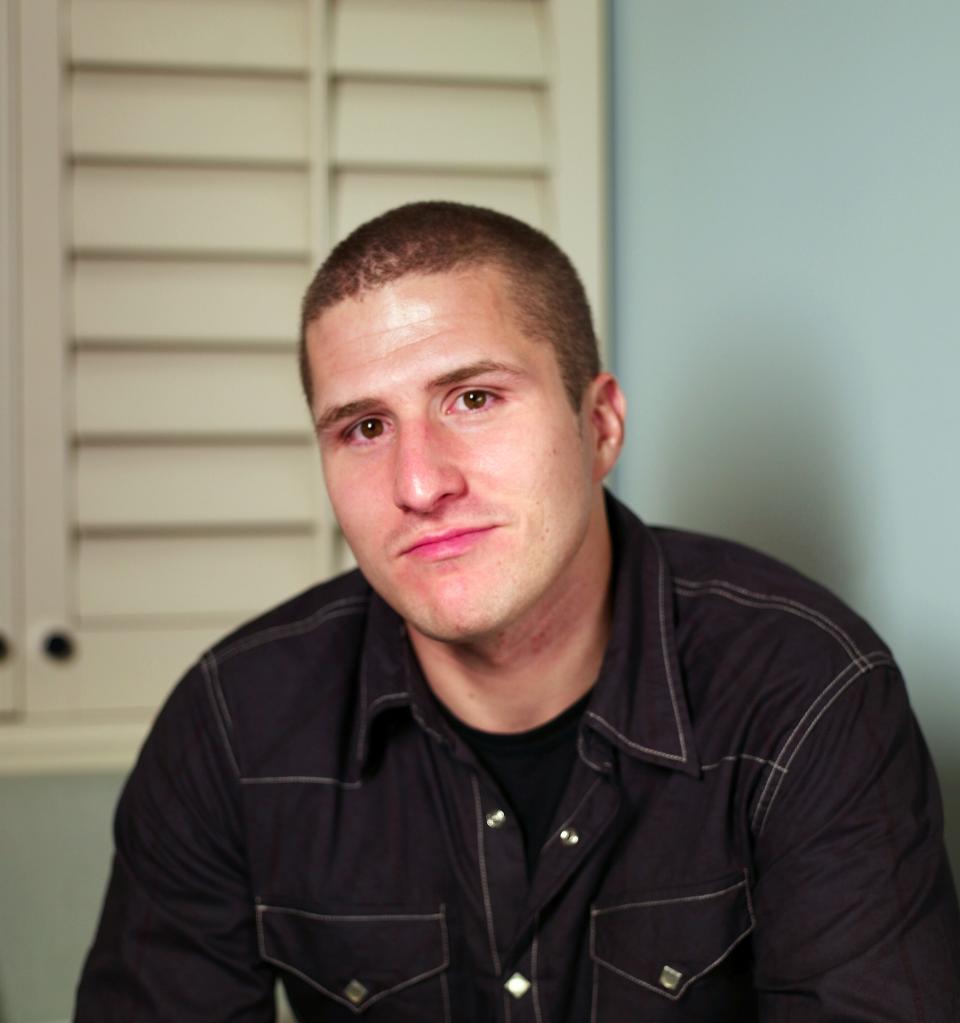
Echoes of Napster’s odyssey can be found in current headlines with TikTok and Universal Music facing off – and Taylor Swift’s music being yanked from the platform – before reaching an agreement in early May.
More recently, Sony Music warned artificial intelligence developers not to use its content to train AI models.
Speaking about the music industry in 2009, Fanning said, “it is really hard to do anything innovative. (You’re) dealing with a lot of people who aren’t jumping at the prospect of their business model changing.”
Is Napster still around today?
Napster is still playing tunes, but as a subscription service now, although it has only a small fraction of the subscribers owned by dominant competitors like Apple, Amazon, Spotify and YouTube Music.
Many still think the brand has promise as its changed hands several times including being owned by Best Buy in 2008 and folded into the Rhapsody music service, which acquired it in 2011.
It’s currently owned by a privately held consortium headed by Hivemind Capital, an investment firm focusing on digital media, cryptocurrency and blockchain technology. Hivemind acquired Napster in 2022 from virtual reality company MelodyVR.
Napster (napster.com) costs $10.99 per month ($14.99 monthly for a family plan; you can test drive it on a 30-day free trial) with 110 million-plus tracks from artists like Beyoncé, Taylor Swift and The Beatles, many in CD-like lossless quality. You can download music to your Android or iOS device to listen on the go and transfer your music from other services free. There are thousands of videos available, too. The program also lets you create playlists using AI.
Contributing: Edna Gundersen and Reuters.
Follow Mike Snider on X and Threads: @mikesnider & mikegsnider.
What’s everyone talking about? Sign up for our trending newsletter to get the latest news of the day
This article originally appeared on USA TODAY: What was Napster? 25 years ago, website changed the way we get music
